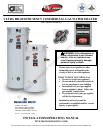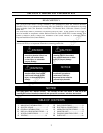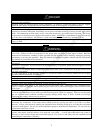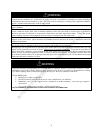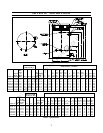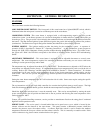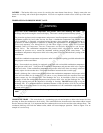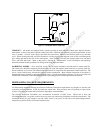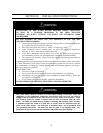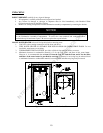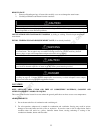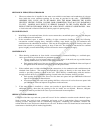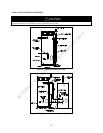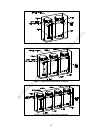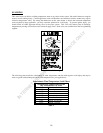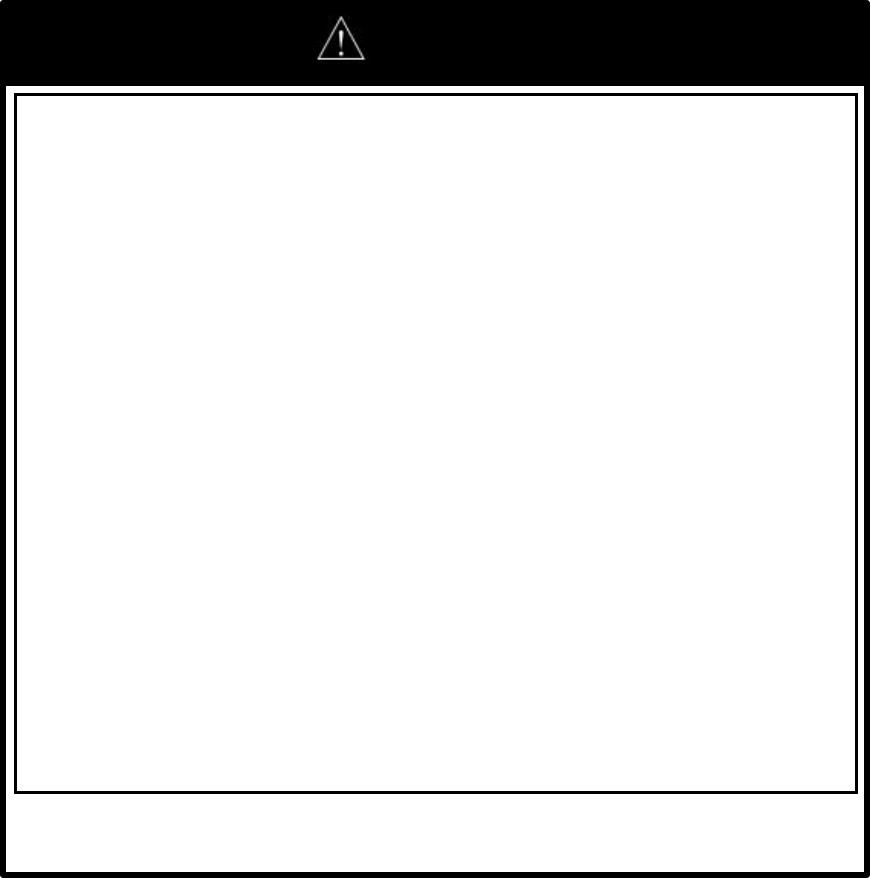
7
LATCHES – The latches allow easy access for servicing the water heater from the top. Simply remove the two
latches for servicing and re-latch upon completion. No tools are required to obtain access to the top of the water
heater.
TEMPERATURE AND PRESSURE RELIEF VALVE –
CONDENSATE DRAIN – This water heater is a condensing type unit and requires a drain to be located in close
proximity to allow the condensate to drain safely. The condensate drains from the unit at the exhaust elbow located
near the bottom of the unit. It is important that the condensate hose not be elevated above the exhaust elbow. The
condensate build-up will block the exhaust outlet, which will cause improper operation. Refer to Figure 2 for an
example of a service loop.
Keep clear of the combination temperature and pressure relief valve discharge line outlet. The
discharge may be hot enough to cause scald injury. The water is under pressure and may splash.
For protection against excessive temperatures and pressure, install temperature and pressure protective
equipment required by local codes, but not less than a combination temperature and pressure relief
valve certified by a nationally recognized testing laboratory that maintains periodic inspection of
production of listed equipment or materials as meeting the requirements of the Standard for Relief
Valves and Automatic Gas Shutoff Devices for Hot Water Supply Systems, ANSI Z21.22 and the
Standard CAN1-4.4 Temperature, Pressure, Temperature and Pressure Relief Valves and Vacuum
Relief Valves. The combination temperature and pressure relief valve must be marked with a
maximum set pressure not to exceed the maximum working pressure of the water heater. The
combination temperature and pressure relief valve rating must not be less than the hourly rating of the
water heater
Install the combination temperature and pressure relief valve into the opening provided and marked for
this purpose on the water heater.
Note: Some models may already be equipped or supplied with an installed combination temperature
and pressure relief valve. Verify that the combination temperature and pressure relief valve complies
with local codes. If the combination temperature and pressure relief valve does not comply with local
codes, replace it with one that does. Follow the installation instructions above on this page
Install a discharge line so that water discharged from the combination temperature and pressure relief
valve will exit within six (6) inches (15.2 cm) above, or any distance below the structural floor and
cannot contact any live electrical part. The discharge line is to be installed to allow for complete
drainage of both the combination temperature and pressure relief valve and the discharge line. The
discharge opening must not be subjected to blockage or freezing. DO NOT thread, plug or cap the
discharge line. It is recommended that a minimum clearance of four (4) inches (10.0 cm) be provided
on the side of the water heater for servicing and maintenance of the combination temperature and
pressure relief valve.
Do not place a valve between the combination temperature and pressure relief valve and the
tank!
WARNING
INTERNET VERSION FOR REFERENCE ONLY



